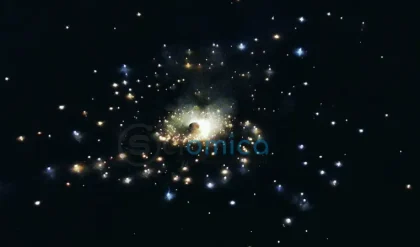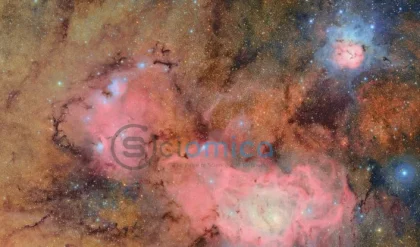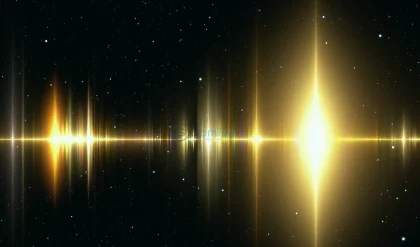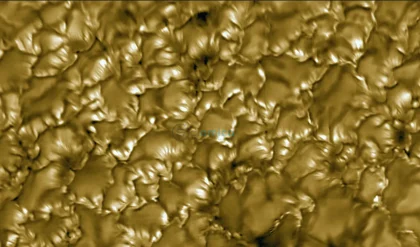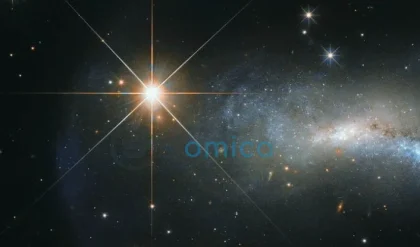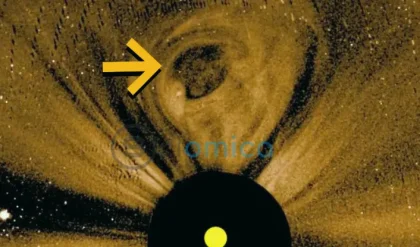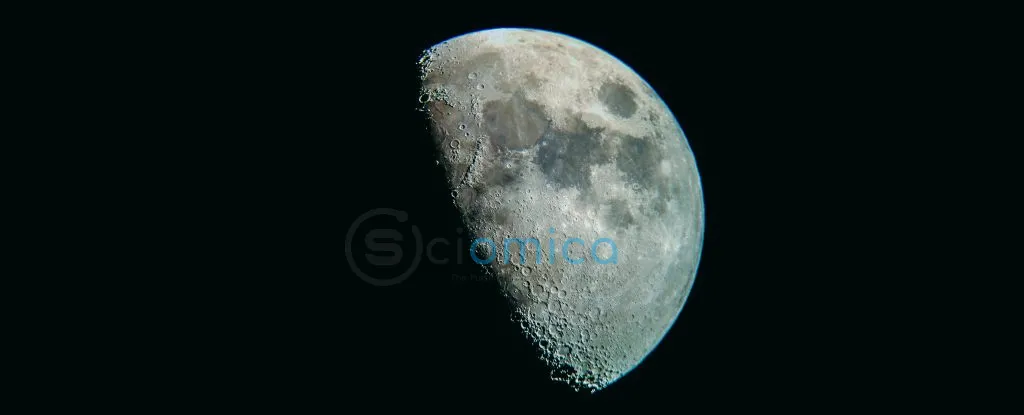
In a groundbreaking study, scientists have confirmed that the Moon is not made of green cheese, but rather consists of a solid inner core resembling iron. The findings could significantly deepen our understanding of the Moon’s geological history and the evolution of the Solar System, following intense debates regarding its internal structure.
Published in May 2023, the research led by astronomer Arthur Briaud from the French National Centre for Scientific Research reveals that the Moon’s inner core is indeed a solid ball, challenging previous theories that speculated whether it was solid or molten. According to Briaud, “Our results question the evolution of the Moon’s magnetic field thanks to its demonstration of the existence of the inner core and support a global mantle overturn scenario that brings substantial insights on the timeline of the lunar bombardment in the first billion years of the Solar System.”
The study used seismic data, the same method utilized to reveal the inner workings of our planet, employing acoustic waves generated by seismic activity. Although the Apollo missions provided lunar seismic data, the resolution proved insufficient to discern the precise state of the core. Early models suggested possibilities for both a solid inner core and an entirely fluid core, which remained a contenious point of discussion among scientists.
To resolve the debate, Briaud and his research team utilized data from various space missions and lunar laser-ranging experiments. They focused on analyzing different lunar characteristics, including gravitational deformation and density fluctuations, necessary for developing an accurate profile of the Moon’s interior.
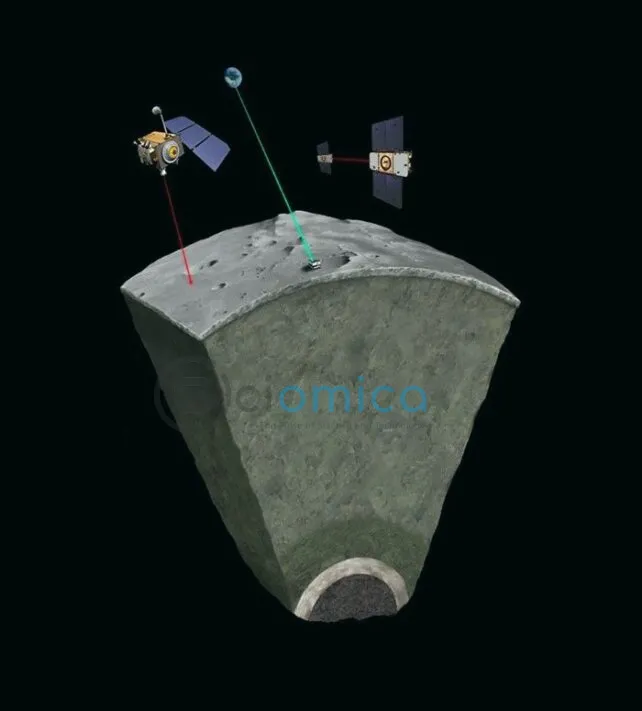
After extensive modeling, the researchers concluded that the Moon’s core resembles Earth’s, featuring an outer fluid layer and solid inner core. Specifically, the outer core has a radius of approximately 362 kilometers (225 miles), while the inner core measures around 258 kilometers (160 miles), which constitutes 15 percent of the Moon’s overall radius. The density of the inner core was calculated to be about 7,822 kilograms per cubic meter, remarkably similar to that of iron.
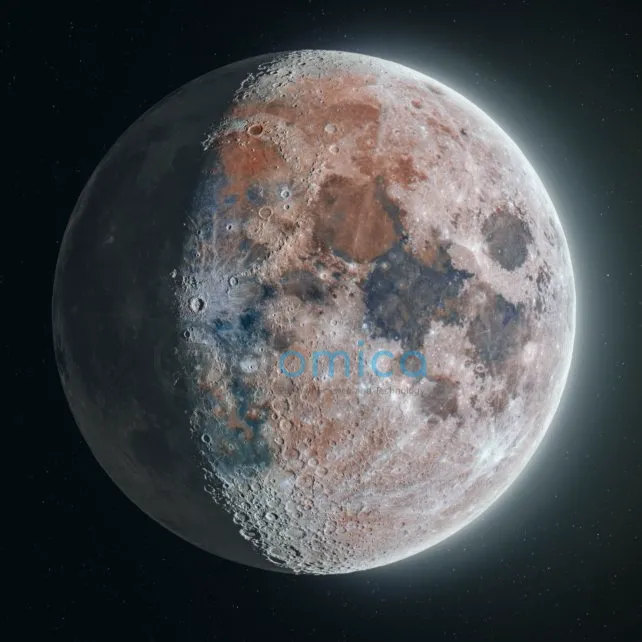
These results echo findings from a 2011 study led by NASA’s Renee Weber, which suggested a solid lunar inner core. Briaud’s confirmation fortifies the idea of an Earth-like lunar core, providing new insights into how the Moon’s magnetic field may have evolved. With plans for human exploration of the Moon underway in the near future, researchers are optimistic that future seismic studies will further validate these findings.
The pivotal research has been published in the journal Nature.
A version of this article was first published in May 2023.

